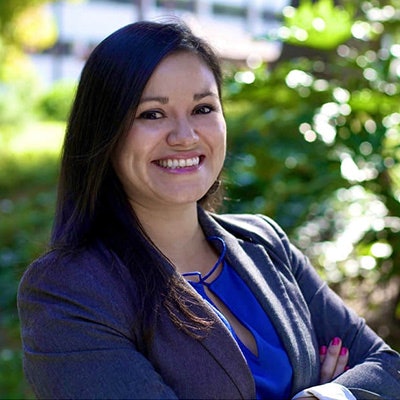Although the pandemic has negatively impacted enrollment across the world of higher education, the drops for minoritized men at community colleges have been especially precipitous. African Americans and Native Americans have been particularly affected, suffering declines of 24% and 26% respectively between fall 2019 and fall 2021. These decreases are especially concerning because of how popular a path community colleges have been for these groups: 44% of all Black undergraduates and 57% of all Native undergraduates attended community colleges in 2018. And the drops can play a role in extenuating racial disparities that already exist—African Americans and Native Americans are less likely to have degrees than whites by large margins.
In an effort to reverse this tide, scholars at San Diego State University’s Community College Equity Assessment Lab (CCEAL) have created a series of recommendations for state and institutional policy dedicated to the enrollment, retention, and success of minoritized men. They discussed their ideas Thursday at a panel co-sponsored by CCEAL and the Association of Community College Trustees.
 Dr. Marissa Vasquez, associate director of CCEAL and an assistant professor of postsecondary educational leadership at San Diego State University
Dr. Marissa Vasquez, associate director of CCEAL and an assistant professor of postsecondary educational leadership at San Diego State University
The rest of the panel was concerned with presenting the researchers' suggestions. Perhaps their broadest recommendation could be one of the most complicated to execute: states should develop intersegmental statewide programs to improve outcomes for boys and men of color with measurable goals for enrollment, retention, and completion. Such an effort will require robust data systems with disaggregated data, so that outcomes can be broken down by group. The data, the researchers note, could also be used to let the public know how school districts and higher ed institutions are doing in terms of equity for minoritized students.
Since finances are often a primary deterrent from school, the researchers also recommend supporting state-wide efforts that reduce or eliminate cost as a barrier, such as promise grants. These efforts can be particularly important for male students, since socially constructed conceptions of masculinity can suggest that men’s value comes from their ability as a breadwinner, as Dr. Frank Harris III, co-director of CCEAL and a professor of postsecondary education at San Diego State, pointed out during the panel. This can make school seem like a less attractive choice.
Harris said that it's also important to make sure that leaders of public institutions are held accountable for increasing the enrollment, retention, and success of men of color, with clearly articulated goals.
 Dr. Frank Harris III, co-director of CCEAL and a professor of postsecondary education at San Diego State University
Dr. Frank Harris III, co-director of CCEAL and a professor of postsecondary education at San Diego State University




















